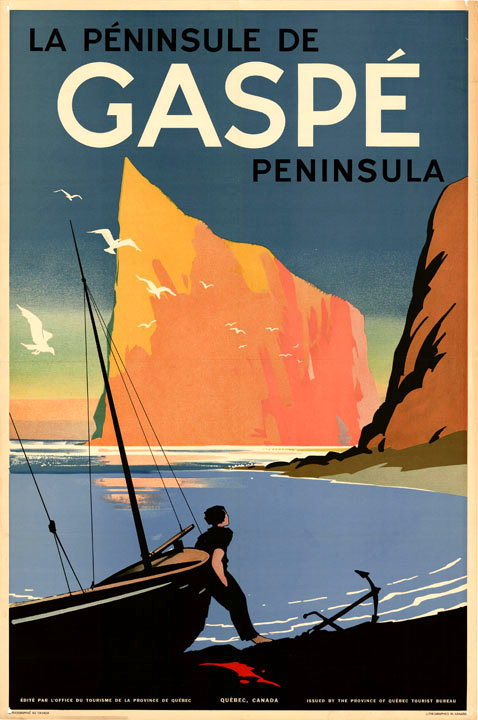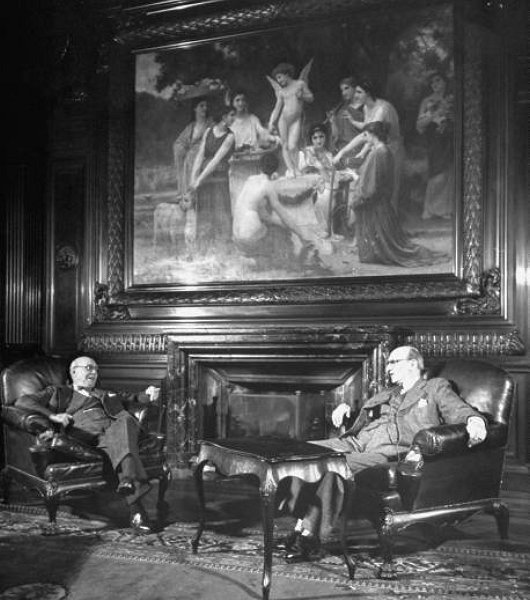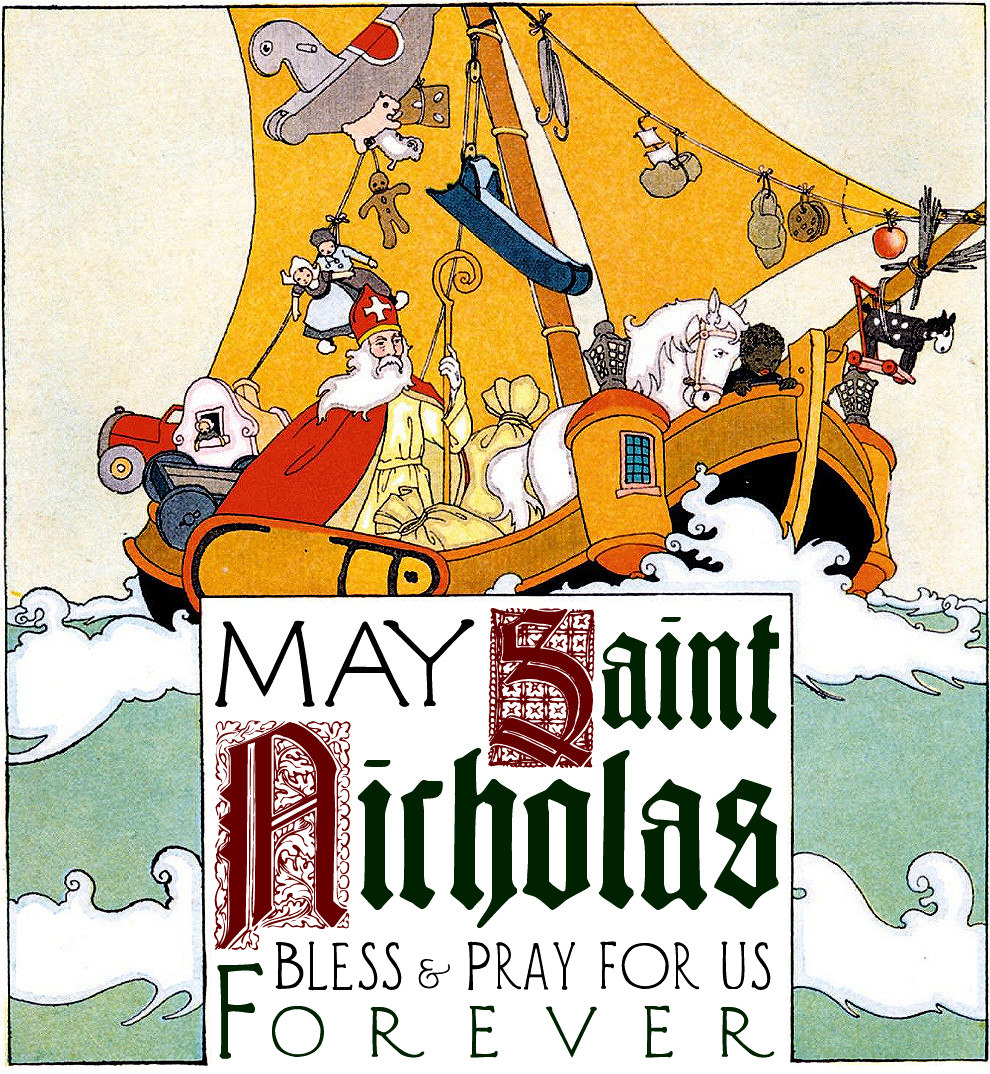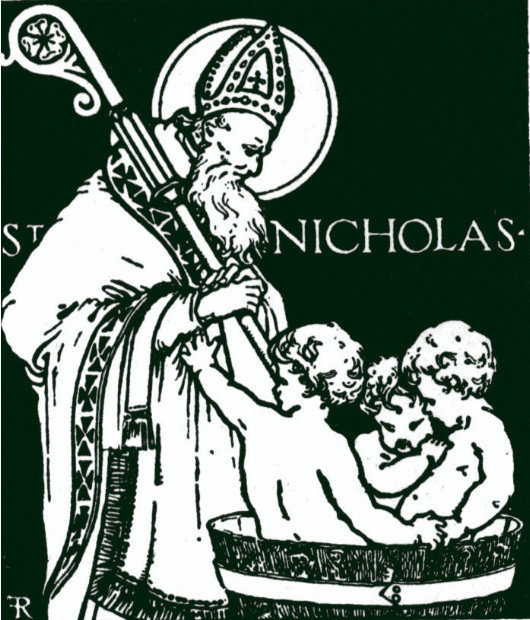2008 December
About Andrew Cusack
 Writer, web designer, etc.; born in New York; educated in Argentina, Scotland, and South Africa; now based in London.
Writer, web designer, etc.; born in New York; educated in Argentina, Scotland, and South Africa; now based in London. read more
News
Blogs
Reviews & Periodicals
Arts & Design
World
France
Mitteleuropa
Knickerbockers
Argentina
The Levant
Africa
Cape of Good Hope
Netherlands
Scandinavia
Québec
India
Muscovy
Germany
Academica
Journey to Scotland
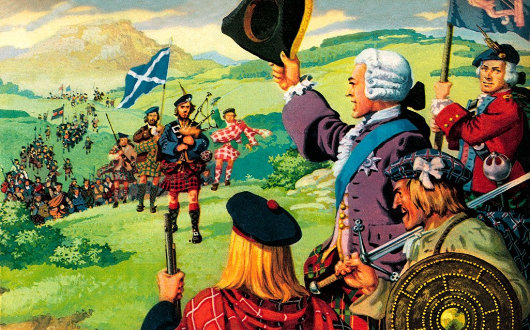
Perhaps foolish to title this entry ‘Journey to Scotland’ as I’ve already crossed the border into England, and indeed my train has just crawled past the beautiful towers of York Minster. I arrived in Scotland on Saturday and neglected to make the pilgrimage to my alma mater of St Andrews but instead spent all of my time in the elegant confines of Edinburgh. Saturday night beheld a splendid repast, including salmon freshly arrived from Ireland, champagne, and brandy cake. After the glories of an old-rite Mass on Sunday morning there was tea aplenty (and brief chats with Gerald Warner and Fra Freddy) before enjoying tankards of champagne near Queen Street Gardens, followed by an excellent late lunch in one of Auld Reekie’s best Italian restaurants, topped off with hot apple pie and a bit of Bas Laubade armagnac (1946).
On Monday I took a break from eating and called at one of my favourite paintings in the National Gallery on the Mound (Pas Mèche by Jules Bastien-Lepage) before a pub lunch with very good friends. A few pints in the Guildford Arms next to New Register House (home to the Court of the Lord Lyon, for those heraldically inclined) led to the standard student dinner of spag bol in a flat off Morningside Road. Yesterday, however, my old friend Richard Demarco led me on a personal tour of Arthur’s Seat and Salisbury Crags in Holyrood Park. A most remarkable guide, with a flair for the dramatic, Richard adeptly explained the ancient significance of the stunning site and declared it a monument even greater than the Pyramids because, unlike those Egyptian constructs, these crags and hills were made not by man but by God.
One of the false conveniences of the modern internet lifestyle is that global websites often redirect themselves to the local version when one is outside the United States. In Montreal just a few weeks ago, I put in “google.com” and automatically got “google.ca”. Similarly, in Scotland, logging out of YahooMail, one is redirected to “yahoo.co.uk” rather than “yahoo.com” regardless of your actual email address. More curiously, however, while passing through Northumberland, I logged on to “google.com” and was redirected to “google.se — Google Sverige”, the Swedish version of Google. Have the Northmen returned, albeit electronically, to claim back the lands that once were theirs?
I am now off to London. My aforementioned friend Richard Demarco is, for lack of a better phrase, big in the arts world of Scotland; this is so despite his strident opposition to much of the arts establishment. Richard believes that divine veneration must be the animating spirit of great art, and that the current reign of nonsense and malarchy in art stems from its divorce from the reality of the Incarnation. For veneration, then, tonight’s eve of the New Year will be commemorated at Brompton Oratory with a Holy Hour and Benediction starting at 11:00pm. Tomorrow’s feast will be marked by yours truly at Spanish Place, where a Solemn High Mass in the Extraordinary Form will be celebrated.
Arrivederci, then, to 2008, and a very happy and blessed new year to all the denizens of this little corner of the web.
Berlin to build ersatz Stadtschloß
Afraid of celebrating glorious past, a horrible future is created instead
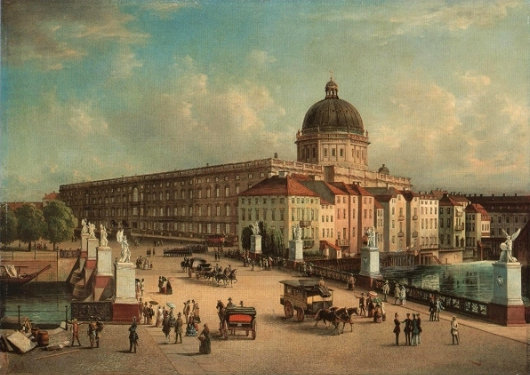
Fresh from the glories of Dresden’s rebuilt Lutheran Frauenkirche, the city fathers of Berlin have decided to reconstruct the old Stadtschloß (“City Palace”) at the heart of the German capital, only not quite. Largely ignored by the anti-monarchist Nazis, the original Stadtschloß was damaged by Allied bombing and by shelling during the Battle of Berlin before the Communist government of East Germany demolished it entirely and built the horrendously ugly Palast der Republik (housing the Soviet satellite’s faux parliament) on the site. The Communist monstrosity has finally been demolished, but the authorities decided that, rather than restore the beautiful royal palace that once stood on the site, they will instead merely replicate three of the old structure’s façades, leaving one of the façades and most of the interior in a modern style.
In the footsteps of an illustrious predecessor
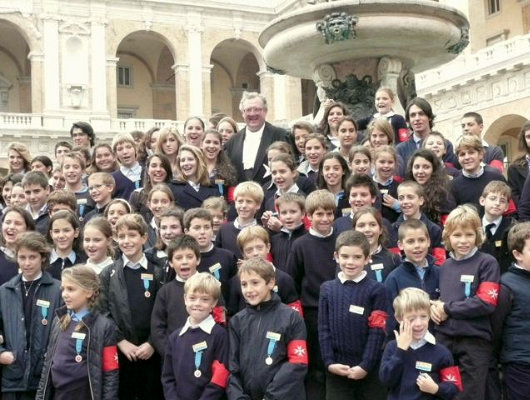
This past November His Most Eminent Highness Fra’ Matthew Festing, the Prince & Grand Master of the Order of Malta, led the order’s annual pilgrimage of Italian youth to the Marian shrine of Loreto, which last year had been led by his predecessor the late Fra’ Andrew Bertie.
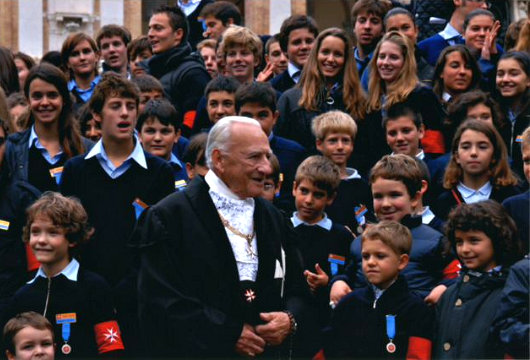
The Prime Minister & His Wife
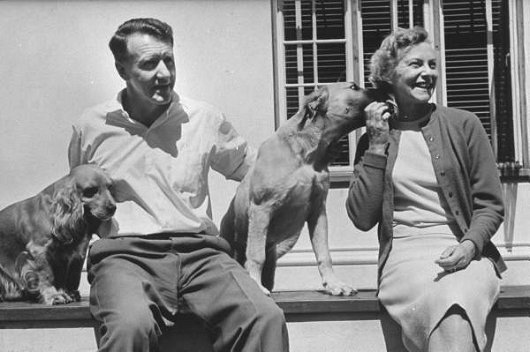
The Rt Hon Ian Douglas Smith & Mrs Smith, at home in Salisbury, Rhodesia.
Dublin (In the Rare Old Times)
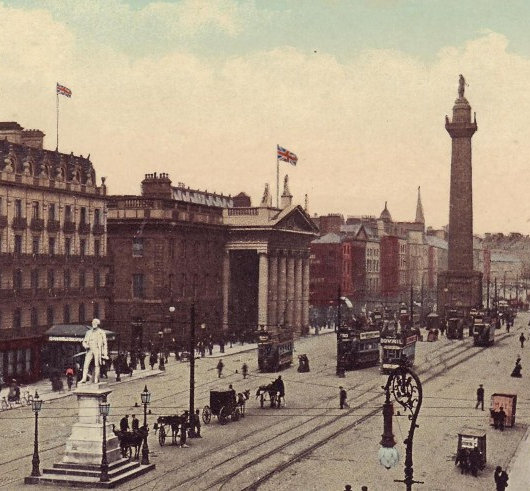
O’Connell Street, Dublin, United Kingdom of Great Britain & Ireland.
‘German’ Poland vs. ‘Russian’ Poland
A curiosity of the 2007 Polish parliamentary election
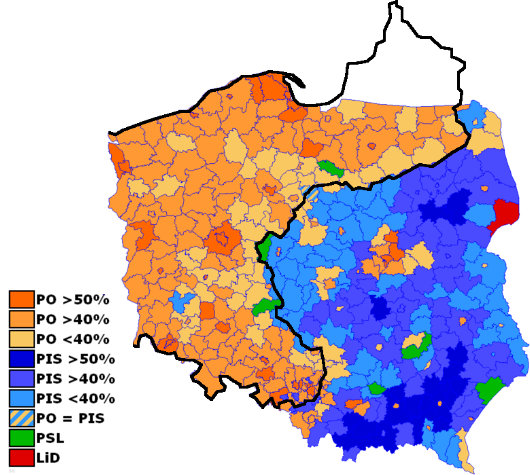
THIS MAP displaying the results of the 2007 general election for the Polish parliament is overlaid with an outline of the nineteenth-century border between the German and Russian empires.
The areas formerly ruled by the German Kaiser tend to back the right-wing liberal Platforma Obywatelska (“Civic Platform”) party, while those formerly ruled by the Tsar tend to support the conservative Prawo i Sprawiedliwość (“Law and Justice”) party.
The green represents the centrist-agrarian Polish People’s Party, while the dark red represents the already-defunct “Left and Democrats” coalition.
Source: Strange Maps
Buckleyana up for sale
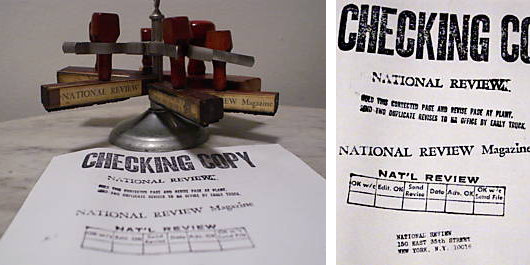
Anyone for bidding on a piece of history? This set of six rubber stamps from the old East 35th Street offices of the once-great National Review is up for grabs on eBay. Less than two days left for bidding.
West End Collegiate Church
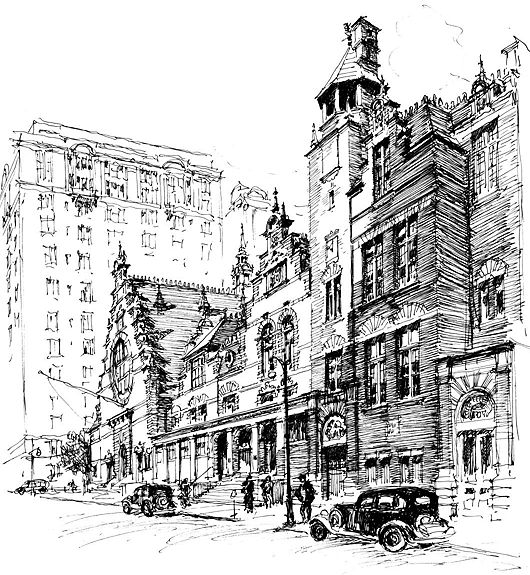
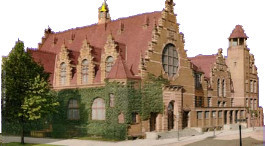 One of my good friends, who is amongst the most loyal denizens of this little corner of the web, found our post on St. Nicholas Collegiate Church of great interest because his son attended the Collegiate School, the oldest school in North America (founded in 1628, and formally incorporated ten years later). The Collegiate School is part of the same complex as the West End Collegiate Church on the corner of West End Avenue & 77th Street on the Upper West Side. The church & school buildings were designed by McKim Mead & White in a Dutch Renaissance Revival style, and handsomely executed.
One of my good friends, who is amongst the most loyal denizens of this little corner of the web, found our post on St. Nicholas Collegiate Church of great interest because his son attended the Collegiate School, the oldest school in North America (founded in 1628, and formally incorporated ten years later). The Collegiate School is part of the same complex as the West End Collegiate Church on the corner of West End Avenue & 77th Street on the Upper West Side. The church & school buildings were designed by McKim Mead & White in a Dutch Renaissance Revival style, and handsomely executed.
THE ARCHITECTS modelled the church after the seventeenth-century Vleeshal (meat market) of Haarlem in the Netherlands. The story goes that, during the Second World War, a handful of Collegiate grads serving together in the U.S. Army participated in the liberation of Haarlem, stumbled upon the Vleeshal and said “Hey, that’s our school!”
The Dering Roll
College of Arms Foundation
&
The
Committee on Heraldry
of the
New York Genealogical & Biographical Society
cordially invite you to a talk by
MARIA DERING
on
THE DERING ROLL
Wednesday 14 January 2009
at
6:00 PM
The Portrait Gallery
No. 122 East 58th Street
Between Park & Lexington Avenues
In August 2008, the British Library acquired ownership of the Dering Roll, the oldest-surviving English roll of arms. The illuminated parchment dates from c. 1270-1280 and is a vital documentary record for the study of knighthood in medieval England. It contains 324 coats of arms arranged in 54 rows, with six shields assigned to each line.
Maria Dering, a member of the G&B’s Committee on Heraldry, will present an illustrated talk about the Dering Roll, its history, and the public campaign to keep it in the United Kingdom after it was bought by a foreign collector.
Admission charge of $20 (cash or check) includes a wine and cheese reception.
To reserve, please email John Shannon at john.shannon@coaf.us.
New York’s Dutch Cathedral
The Collegiate Church of St. Nicholas, Fifth Avenue
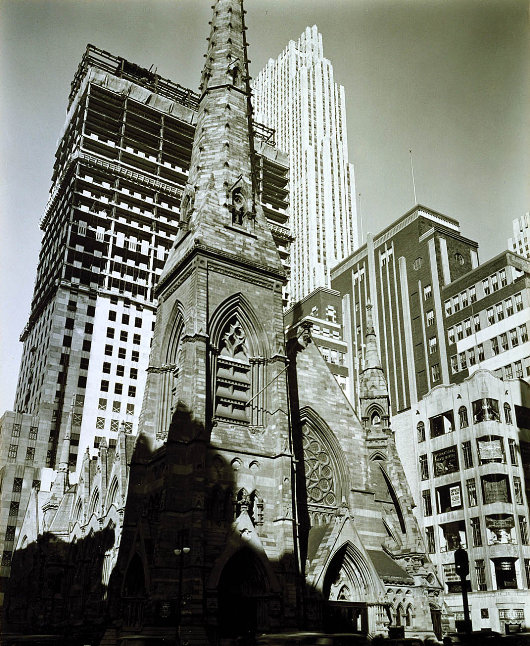
Dedicated a hundred-and-thirty-six years ago, the Collegiate Reformed Protestant Dutch Church of Saint Nicholas on the corner of Forty-eight Street & Fifth Avenue (photographed above by Berenice Abbott) was for many years regarded as the most eminent Protestant church in New York. The Collegiate Reformed Protestant Dutch Church is the oldest corporate body in what is now the United States, having been founded at the bottom of Manhattan in 1628 and receiving its royal charter from William & Mary in 1696. Now part of the Reformed Church of America, the Collegiate Reformed Protestant Dutch Church is actually a denomination within a denomination, and the remaining Collegiate Churches of New York tend to preach a sort of “Christianity Lite”. (The famous Norman Vincent Peale, author of The Power of Positive Thinking and one of the paragons of the “finding a religion that doesn’t interfere with your lifestyle” school of thought, was the pastor of Marble Collegiate Church at Twenty-ninth & Fifth, where Donald Trump is a member of the congregation).
Peter Stuyvesant’s Legion
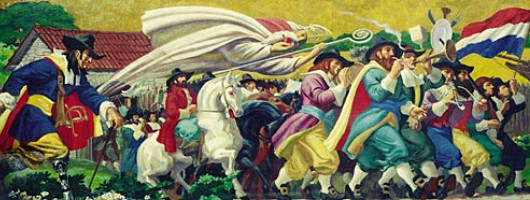
Oil on canvas, 30 in. x 80 in.
1953, Jacob Ruppert Brewery
An Aside: I was taught Latin beside the beautiful carved marble fireplace in the artist’s dining room. Winter lived next door to the school, which purchased the house after his death and used it for class rooms. In our more neglectful hours which investigated the basement, in which were still secreted some of the artist’s sketches for larger murals and models for a bas-relief.
Search
Instagram: @andcusack
Click here for my Instagram photos.Most Recent Posts
- Silver Jubilee November 21, 2024
- Articles of Note: 11 November 2024 November 11, 2024
- Why do you read? November 5, 2024
- India November 4, 2024
- The Lithe Efficiency of the Old Constitution November 4, 2024
Most Recent Comments
Book Wishlist
Monthly Archives
Categories

